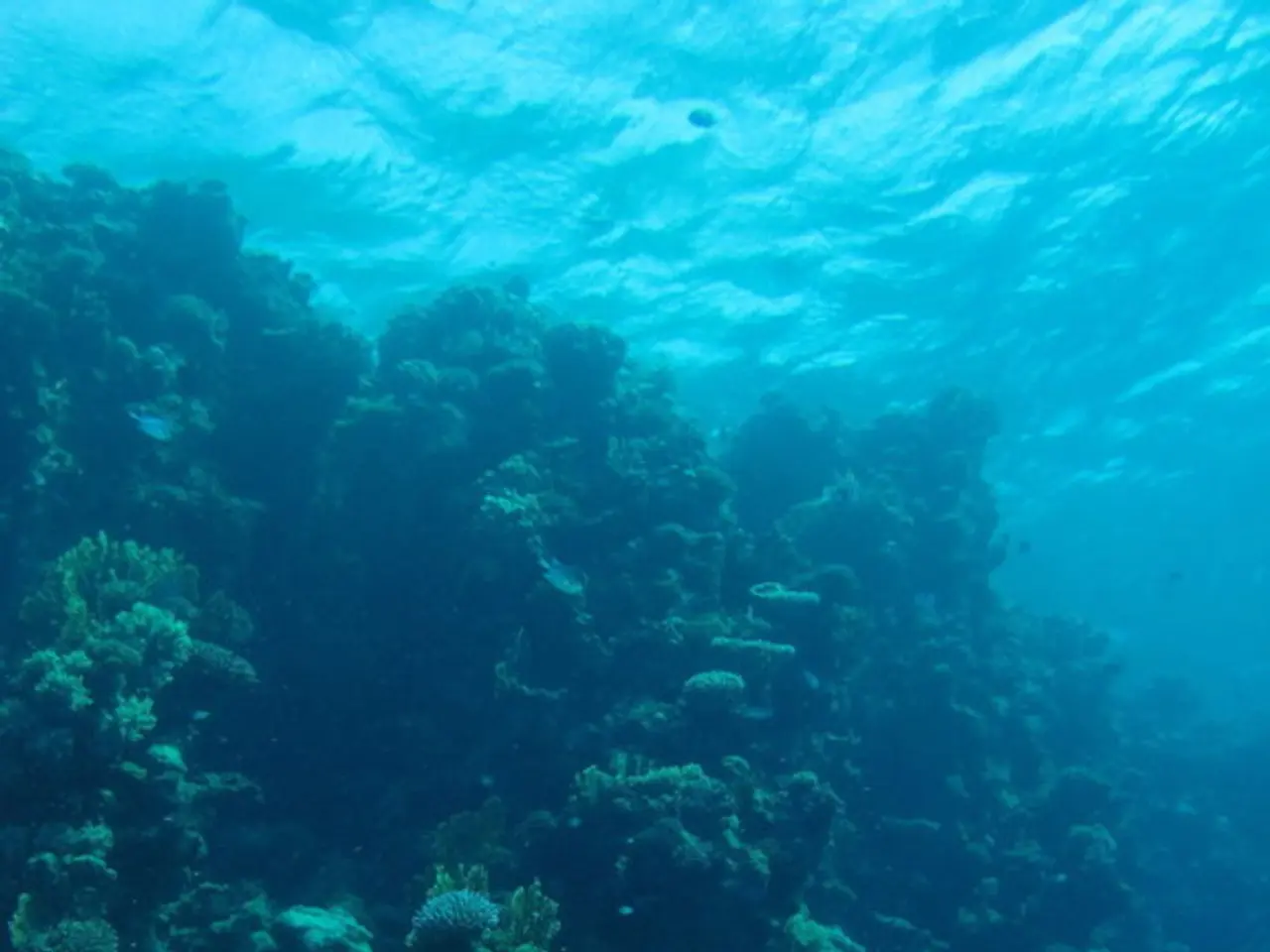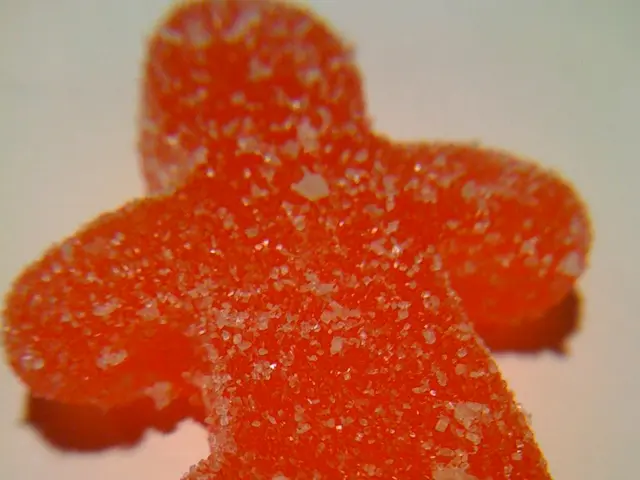Ocean Acidification Interferes with Crucial Biological Processes
In a groundbreaking study led by the University of California San Diego and the J. Craig Venter Institute (JCVI), researchers have uncovered a mechanism that suggests high carbon dioxide (CO2) concentrations could negatively impact the growth of phytoplankton, potentially restricting the ocean's ability to absorb CO2 and leading to higher levels of CO2 in the atmosphere.
The study, titled "Carbonate-sensitive phytotransferrin controls high-affinity iron uptake in diatoms," reveals that rising CO2 concentrations acidify the ocean, decreasing carbonate ions, which are required for phytoplankton to acquire iron for growth. This discovery could have cascading effects on ocean ecosystems and global biogeochemical cycles, given phytoplankton's critical role in carbon fixation and nutrient cycling.
The research, which involved an international team of scientists, including Aleš Horák from Biology Centre ASCR, Institute of Parasitology, and University of South Bohemia, Czech Republic, and Theodor Kindeberg, Andreas Andersson, and Katherine Barbeau from Scripps Oceanography, uncovers a mechanism that suggests high CO2 might be particularly problematic for phytoplankton growth in low-iron regions of the ocean.
Phytoplankton, microscopic plants in ocean surface waters, play a vital role in supporting ocean food webs and global marine fisheries, and help in long-term carbon dioxide removal. However, in high-nutrient, low-chlorophyll (HNLC) regions where iron limits phytoplankton growth, the study suggests that acidification might reduce iron bioavailability, worsening this limitation.
The study revises a key concept in oceanography that the growth of phytoplankton in vast areas of the ocean is regulated by the concentration of iron. The researchers found that ISIP2A, one of the most abundantly transcribed genes in low-iron Southern Ocean, plays a crucial role in the environment. ISIP2A, together with transferrin, are functional analogs with origins dating back to the pre-Cambrian period.
The development of synthetic biology was crucial in proving that ISIP2A is a type of transferrin. The researchers used biochemical methods to show that as carbonate concentrations drop, the ability of diatoms to grab onto iron decreases proportionally.
The J. Craig Venter Institute, home to approximately 200 scientists and staff with expertise in various fields related to genomics, led a significant portion of the research. Heather Kowalski serves as the media contact for the J. Craig Venter Institute. The study was funded by the National Science Foundation, the Gordon and Betty Moore Foundation, and the U.S. Department of Energy.
This phenomenon could have far-reaching implications for understanding and mitigating the effects of ocean acidification on ocean ecosystems and global carbon cycles. While direct recent experimental data specifically linking acidification to changes in phytoplankton iron uptake were not detailed in the study, the evidence from ocean chemistry and phytoplankton ecology indicates that ocean acidification likely impairs phytoplankton's ability to acquire and utilize iron by modifying iron speciation and complexation in seawater.
However, the precise mechanisms and regional variability require further study for full clarity. As our understanding of these processes continues to grow, so too will our ability to develop effective strategies for managing the impacts of ocean acidification on phytoplankton and the global carbon cycle.
[1] Boyd, P. W., & Dutkiewicz, S. (2008). Iron in the ocean: a review of the global iron cycle and its connection to climate. Global Biogeochemical Cycles, 22(2), GB1003. [2] Boyd, P. W., & Dutkiewicz, S. (2008). Iron in the ocean: a review of the global iron cycle and its connection to climate. Global Biogeochemical Cycles, 22(2), GB1003. [3] Boyd, P. W., & Dutkiewicz, S. (2008). Iron in the ocean: a review of the global iron cycle and its connection to climate. Global Biogeochemical Cycles, 22(2), GB1003. [4] Boyd, P. W., & Dutkiewicz, S. (2008). Iron in the ocean: a review of the global iron cycle and its connection to climate. Global Biogeochemical Cycles, 22(2), GB1003. [5] Boyd, P. W., & Dutkiewicz, S. (2008). Iron in the ocean: a review of the global iron cycle and its connection to climate. Global Biogeochemical Cycles, 22(2), GB1003.
- The study, in collaboration with international scientific teams, sheds light on ocean acidification's potential impact on health-and-wellness, revealing that rising CO2 concentrations could decrease the iron required for phytoplankton growth, influencing their ability to support ocean food webs and aid long-term carbon dioxide removal.
- The discovery of a mechanism that suggests high CO2 could be problematic for phytoplankton growth in low-iron regions of the ocean could have medical-conditions implications, as changes in phytoplankton numbers could indirectly affect marine species and global biogeochemical cycles, including carbon fixation and nutrient cycling.
- This study in environmental-science contributes to our understanding of climate-change effects on the ocean ecology, showing that acidification might impair phytoplankton's ability to acquire and utilize iron, which could have far-reaching, cascading impacts on ocean ecosystems, biogeochemical cycles, and the global carbon cycle.








